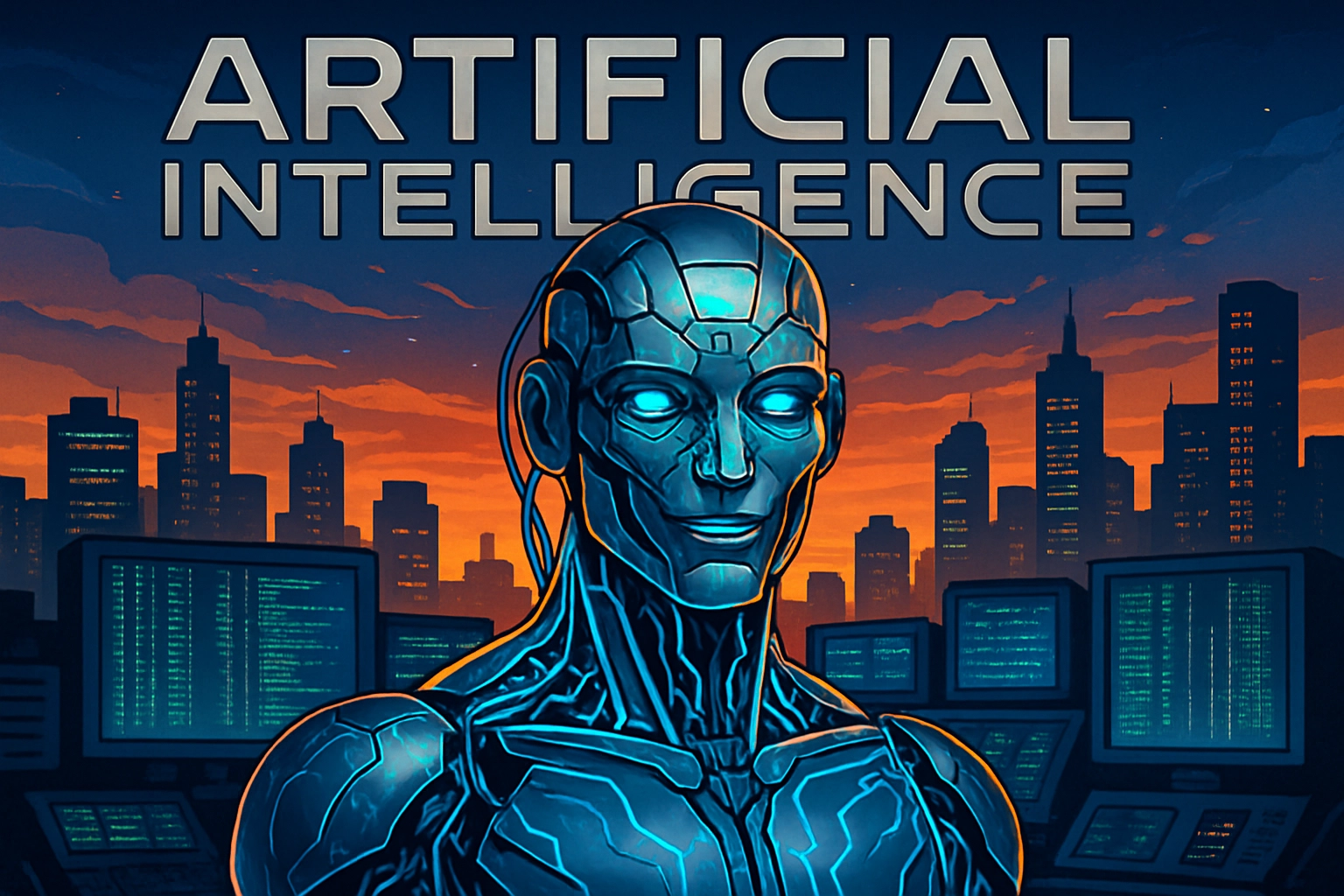
AI Definition
Artificial Intelligence (AI) refers to the simulation of human intelligence in machines that are programmed to think like humans and mimic their actions. The term may also be applied to any machine that exhibits traits associated with a human mind such as learning, problem-solving, decision-making, and adaptation.
At its core, AI is a branch of computer science that aims to create systems capable of performing tasks that would normally require human intelligence. These tasks include visual perception, speech recognition, decision-making, and language translation.
Key Characteristics of AI
- Learning: AI systems can learn from data and improve their performance over time without being explicitly programmed.
- Reasoning: AI can solve problems through logical deduction and inference, similar to human reasoning.
- Self-correction: Advanced AI systems can refine their algorithms based on new data and outcomes.
- Creativity: Some AI can generate novel ideas, art, music, or solutions that weren't explicitly programmed.
- Perception: AI can interpret and understand visual, auditory, or other sensory inputs from the environment.
Types of Artificial Intelligence
Narrow AI (Weak AI)
Designed for specific tasks (e.g., facial recognition, internet searches, self-driving cars). Most current AI applications fall into this category.
General AI (Strong AI)
Theoretical AI that can understand, learn, and apply knowledge in different contexts, similar to human intelligence.
Superintelligent AI
Hypothetical AI that surpasses human intelligence in all domains, including creative problem-solving and emotional intelligence.
How AI Works
Data Collection
AI systems require massive amounts of data to learn and make decisions. This data can be structured (databases) or unstructured (images, text).
Machine Learning
Algorithms analyze data to identify patterns and learn from them, improving their performance as they process more information.
Decision Making
Based on learned patterns, the AI system makes predictions or decisions without explicit programming for each specific case.
AI Applications in Everyday Life
AI is already transforming numerous aspects of our daily lives:
Virtual Assistants
Siri, Alexa, and Google Assistant use natural language processing to understand and respond to voice commands.
Recommendation Systems
Netflix, Amazon, and Spotify use AI to suggest content based on your preferences and behavior.
Autonomous Vehicles
Self-driving cars use AI to process sensor data and make real-time navigation decisions.
Healthcare Diagnostics
AI systems can analyze medical images to detect diseases with accuracy rivaling human experts.
Fraud Detection
Banks use AI to identify unusual transaction patterns that may indicate fraudulent activity.
Smart Home Devices
Thermostats, lights, and security systems learn your habits and adjust automatically.
The Evolution of AI: A Brief Timeline
1950s
Alan Turing proposes the Turing Test and the concept of machine intelligence. The term "Artificial Intelligence" is coined at the Dartmouth Conference in 1956.
1960s-70s
Early AI programs demonstrate problem-solving and language processing capabilities. The first chatbot, ELIZA, is created in 1966.
1980s-90s
Expert systems become popular in business applications. Machine learning algorithms gain traction with the development of backpropagation for neural networks.
2010s
Breakthroughs in deep learning lead to significant improvements in image and speech recognition. AI becomes mainstream in consumer products.
2020s
Large language models like GPT and multimodal AI systems demonstrate increasingly sophisticated capabilities, transforming industries worldwide.
Ready to Learn More About AI?
Discover how artificial intelligence is shaping our future and explore practical applications for your business or personal projects.
Explore AI Resources